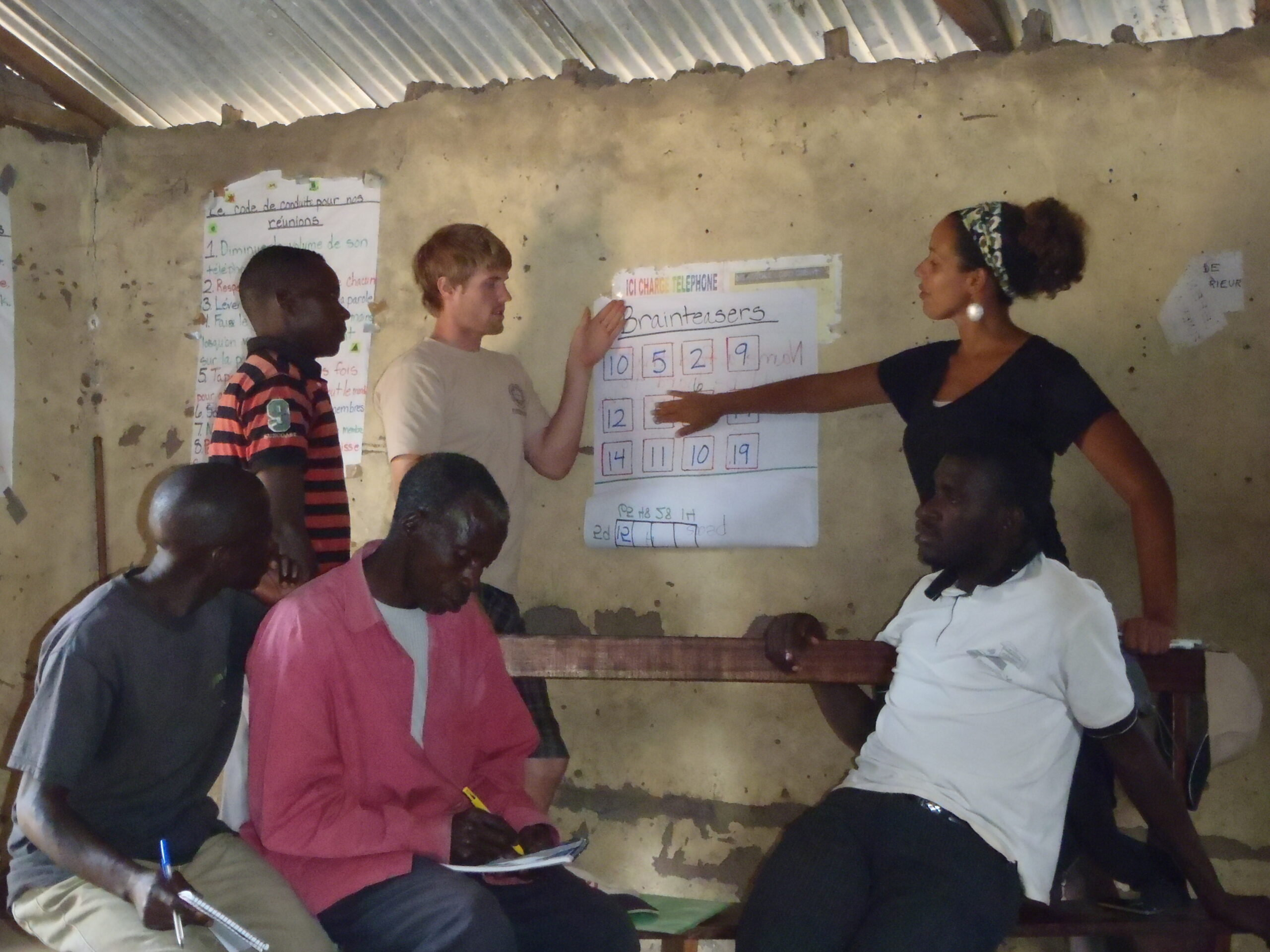Photo credit: Teachers without Borders
In this article, the authors discuss the concept of ‘everyday peace’ as a peace education framework. Co-created with the study participants, everyday peace is based on values and on the individual and structural levels. The research connects peace education to everyday violence in people’s lives. As such, it becomes an important vehicle to move beyond limited understandings of direct, physical violence, to include societal norms and structures which can be violent. If these structures are violent, one can point to negative peace. In positive peace, social and political equity, access to quality health care, access to economic opportunities, freedom of expression without fear and equal opportunity for development are among the key factors.
The everyday peace framework contains positive peace, human rights, conflict transformation and critical peace education. It is a concept that is actively created, not passively handed down. Positive peace is sought on the local level while at the same time embedded in global and transnational dynamics. Everyday peace is dynamic and changing, in that different communities might develop a different understanding of what it entails. Members of different groups develop and negotiate the meanings of everyday peace.
The study was an explorative qualitative study with students in a peace course working in so-called peace labs. Within the peace labs, participatory action research was employed. This means that students become the key stakeholders of developing their shared meaning of everyday peace. This approach placed students in a unique position as co-researchers, but also as research subjects. Data was collected by students in an online wiki page. They generated their own topics, shared their perspectives and respective understandings of violence and peace and co-developed pathways toward what they understood as every day.
This research methodology was key to developing everyday peace. Students were able to examine what the often invisible everyday violence looked like in their lives, recognize their own role in those structures and their own role in becoming everyday peace advocates. This was only possible because the concept of everyday peace was not imposed on, but constructed by the students. In the peace labs, students examined how to get from everyday violence to everyday peace, how to communicate across cultures in everyday peace, everyday peace and local community violence, and they created a forum responding to a violent event in the greater community.
After the course, the researchers conducted a so-called inductive thematic analysis. In this process, categories and themes of the everyday peace concept developed by the students in the course were developed. This approach allowed for a rich thematic discussion.
Seven key themes were discovered:
- Everyday peace is a value based practice (e.g. social justice, equality, diversity and empathy on the individual, community, national and global level)
- Everyday peace is multi-layered and contains individual and systemic parts
- Everyday peace requires compassion
- Everyday peace connects the local to the global
- Everyday peace emphasizes cultures of peace
- Everyday peace is a collaborative concept and is made stronger through the process of co-development
- Everyday peace relies on critical engagement such as active listening, engaging in dialog, creating space for diverse ideas, and confronting taken-for-granted assumptions.
Contemporary Relevance:
Popular and mainstream understandings of conflict focus on direct, physical violence. In that view, violence prevention only addresses the tip of the iceberg – manifest conflict and violence. The everyday peace concept, as outlined in this article, integrates understandings of everyday violence by those who experience it. These understandings are crucial to avoid destructive conflict patterns where dehumanization, demonizing, and polarization take place. In fact, the study participants used the everyday peace approach to respond to the Boston Marathon Bombings which took place in their larger community during their course work. It was a perfect application of the everyday peace principles where community members were able to process violent events in a safe space and determine their role as peace advocates.
Talking Points:
- Everyday peace connects individual understandings of peace to global structures.
- Everyday peace encourages co-creation and collaboration of participants.
- Everyday peace moves beyond limited understandings of direct violence to include forms of everyday violence.
Practical Implications:
Everyday peace, by way of how the concept is developed, is by nature a practical concept. It takes away pre-defined and often contested notions of what peace is. It is created within a given community and takes its context into consideration and negotiated by the community members. As such, it becomes stronger and more applicable to the host community since the specific historical, cultural, political, economic, religious or ethnic context is taken into account. Peace is made local and meaningful, it includes a shared vision for those practicing and advocating for everyday peace, and the individual and community role in the larger context is examined.
Keywords:
Everyday peace, everyday violence, structural violence, peace education
Continued Reading
- Pillars of Peace. Understanding the key attitudes and institutions that underpin peaceful societies by Institute for Economics and Peace (http://www.visionofhumanity.org/sites/default/files/Pillars%20of%20Peace%20Report%20IEP.pdf)
- United Nations Cultures of Peace and Nonviolence (http://en.unesco.org/cultureofpeace/)
- Everyday Peace Indicators (http://everydaypeaceindicators.org/; not connected to the examined article, but nonetheless relevant as a community based measure of peace)
- Scheper-Hughes, Nancy. 1992. Death without Weeping: The Violence of Everyday Life in Brazil. Berkeley: University of California Press.
- The Clock Didn’t Start With the Riots by Ta-Nehisi Coates (http://www.theatlantic.com/politics/archive/2015/04/ta-nehisi-coates-johns-hopkins-baltimore/391904/)
Citation:
Dutta, Urmitapa, Andrea Kashimana Andzenge, and Kayla Walkling. 2016. “The Everyday Peace Project: An Innovative Approach to Peace Pedagogy.” Journal of Peace Education 13 (1): 79–104.

